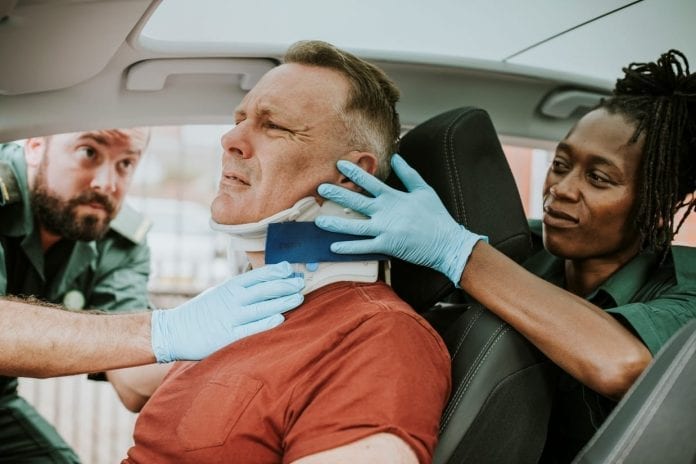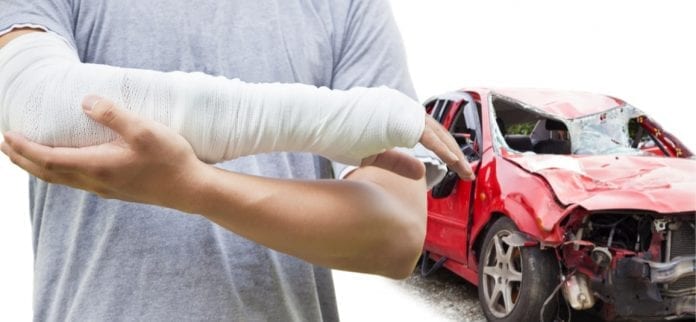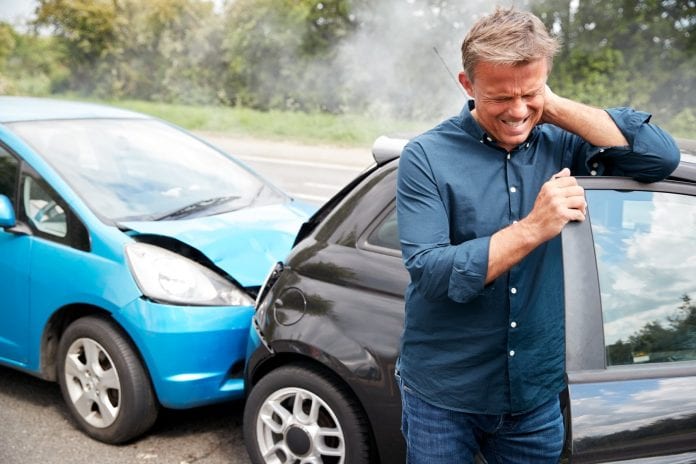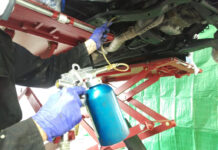Car accidents are still incredibly common in the United States, despite better traffic laws and safety standards in our vehicles. And unfortunately, many of those car accidents result in injuries. Understanding these injuries—as well as how to prevent them—can increase your safety in a car accident, and help you take proper action after the collision has resolved.
Understanding Your Injuries

Understanding your injuries is important for several reasons. First, it can help you determine whether or not you need medical attention. In most cases, it’s a good idea to see a healthcare professional even if you don’t feel much pain or notice much damage. You never know what internal damage might have taken place.
It’s also good to know in case you decide to seek legal action. According to Craig Swapp, lawyers will want to know what types of injuries you sustained, how severe they were, and how you treated them. In many cases, you’ll be able to recover the damages, including compensation for your subjective pain and suffering.
Sources of Injury
There are many variables in an accident that could lead to an injury, including:
- Direct impact. Some forms of damage occur due to a direct impact. For example, if you’re hit as a pedestrian, most of the damage you sustain will be from the car hitting you directly. You may also be hit by an internal component of your vehicle when it was struck by another vehicle.
- Motion (and whiplash). Most car accidents either occur when you’re completely stationary, at which point you experience a sudden impact, or when you’re moving quickly, at which point you’ll come to a sudden stop. Either way, this sudden change in momentum can cause damage to your body.
- Posture and internal impact. Depending on how you’re situated in the car, your posture could lead to an injury. For example, if you’re twisting your back to reach into the backseat when you’re hit, you could further twist or damage your back.
- Improper use of safety features. Safety features like seatbelts and airbags are commonly misused. If you’re not using a seatbelt, the lack of restraint can lead to much more severe injuries. If your airbag isn’t pointed correctly at your upper body, it could result in injury or death.

- Secondary sources of damage. There can also be secondary sources of damage during a car accident. For example, the collision may spark a fire and/or an explosion, which causes burns to you, or you may be hit with flying debris as a result of the initial hit.
- Unsafe conditions. You may also sustain injuries in the immediate aftermath of the collision. This is especially true if you, say, exit the vehicle on a highway that’s still busy with traffic.
Types of Injury
Resulting from these car accident components, these are some of the most common types of injury:
- Cuts and bruises. These are some of the most common and tamest types of injury. It’s almost impossible to escape a car accident without a few cuts and/or bruises. Fortunately, these tend to be minor, and heal on their own.
- Broken bones. There are several conditions that could cause you to break bones, especially your ribs and the bones in your arms and hands. This is especially true if you’re in an awkward position when the collision occurs.

- Internal damage. In some cases, you may sustain internal damage, which is practically unnoticeable in the immediate aftermath of the collision.
- Traumatic brain injuries (TBIs). Traumatic brain injuries (TBIs) are a family of brain- and head-related injuries that have severe lasting consequences—even if the immediate symptoms don’t seem that serious. These are some of the most serious injuries on this list.
- Neck and spinal injuries. Neck and spinal injuries are also extremely problematic. In minor cases, you may experience mild whiplash, and recover within a few weeks. In severe cases, you may end up partially or fully paralyzed due to the accident.
- Burns. Burns are rarer, since not all car collisions involve fires, but they range from mild to severe.
Preventing Injuries
The best way to avoid injuries in a car crash is to avoid car crashes altogether. Pay close attention to your surroundings, obey all posted traffic laws, and drive slower and more carefully in bad conditions. Because car accidents aren’t always your fault, it’s important to also take safety measures when driving, like wearing your seatbelt and ensuring your airbags are working properly. And if you are involved in a car accident, make getting to safety your top priority.
Learning about the common injuries associated with car accidents can help you prevent them and understand them (if they ever occur to you). Car accidents are unfortunate, but oftentimes manageable, so long as you understand best practices.









